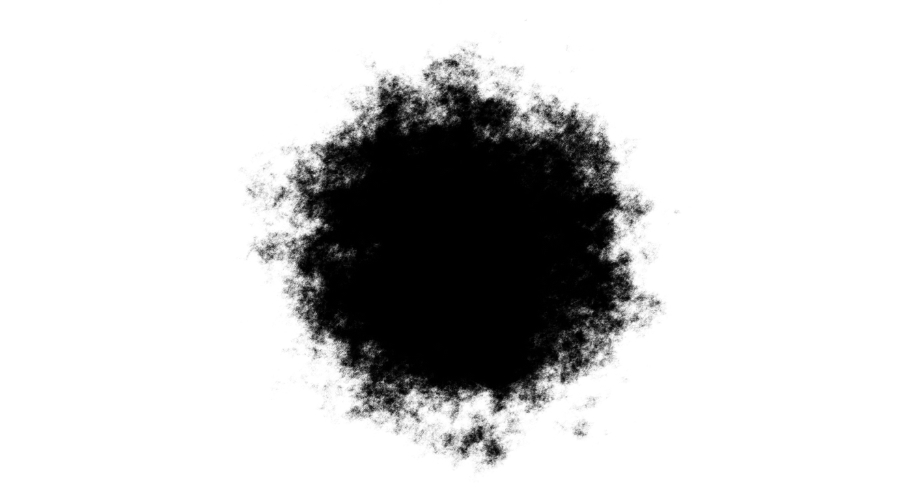Understanding Age-Related Macular Degeneration

Age-Related Macular Degeneration (AMD) is a prevalent eye condition affecting millions of people worldwide, particularly those over the age of 50 years old. It is a progressive disease that impacts the macula, the part of the retina responsible for sharp, central vision.
What is Age-Related Macular Degeneration?
AMD is a chronic eye disease that gradually deteriorates the macula, leading to vision loss in the center of the visual field. There are two main types of AMD: dry (atrophic) and wet (neovascular or exudative). Dry AMD is more common, characterized by the presence of drusen, yellow deposits beneath the retina. Wet AMD, though less common, progresses more rapidly and involves abnormal blood vessel growth under the retina.
Signs and Symptoms
Early stages of AMD may present minimal or no symptoms. However, as the disease progresses, individuals may experience:
- Blurred or distorted central vision
- Difficulty reading or recognizing faces
- Straight lines appearing wavy
- Decreased brightness or intensity of colors

Photo by Gerd Altmann
Prevention
While certain risk factors for AMD, such as age and genetics, cannot be controlled, there are some lifestyle choices that may help reduce the risk or slow the progression of the disease:
- Nutritious Diet: Consuming a nutritious diet rich in fruits, vegetables, and omega-3 fatty acids may support eye health.
- Regular Exercise: Engaging in physical activity can improve blood flow to the eyes and reduce the risk of AMD.
- Quit Smoking: Smoking is a significant risk factor for AMD and quitting can decrease the likelihood of developing the condition.
- Eye Protection: Wearing sunglasses that block harmful UV rays and blue light can help protect the eyes from damage.
- Routine Eye Exams: Regular comprehensive eye exams can aid in early detection and management of AMD.
Treatment Options
Treatment for AMD varies depending on the type and stage of the disease:
- Vitamin Supplement: The Age-Related Eye Disease Study trials showed that taking a high dose formula of antioxidants reduced the risk of progression to advanced AMD. Your doctor may recommend taking AREDS and AREDS2 vitamin supplements if you have early or intermediate dry AMD.
- Intravitreal Injections: For wet AMD, anti-VEGF (vascular endothelial growth factor) medications can be injected into the eye to inhibit the growth of abnormal blood vessels.
- Photodynamic Therapy: This procedure involves the use of a light-activated medication to destroy abnormal blood vessels in the eye.
- Low Vision Aids: Devices such as magnifiers and telescopic lenses can assist individuals with AMD in maximizing their remaining vision.
- Surgery: In advanced cases of wet AMD, surgical procedures like retinal laser surgery may be recommended to seal leaking blood vessels.

Photo by Lukas
While Age-Related Macular Degeneration poses challenges to vision, early detection and appropriate treatment can help manage the condition effectively. For individuals with AMD who require corrective lenses, Zenni Optical recommends larger lens sizes and anti-reflective coatings to optimize visual comfort and acuity. By staying informed and proactive, individuals can take control of their eye health and preserve their vision for years to come.




 Canada
Canada